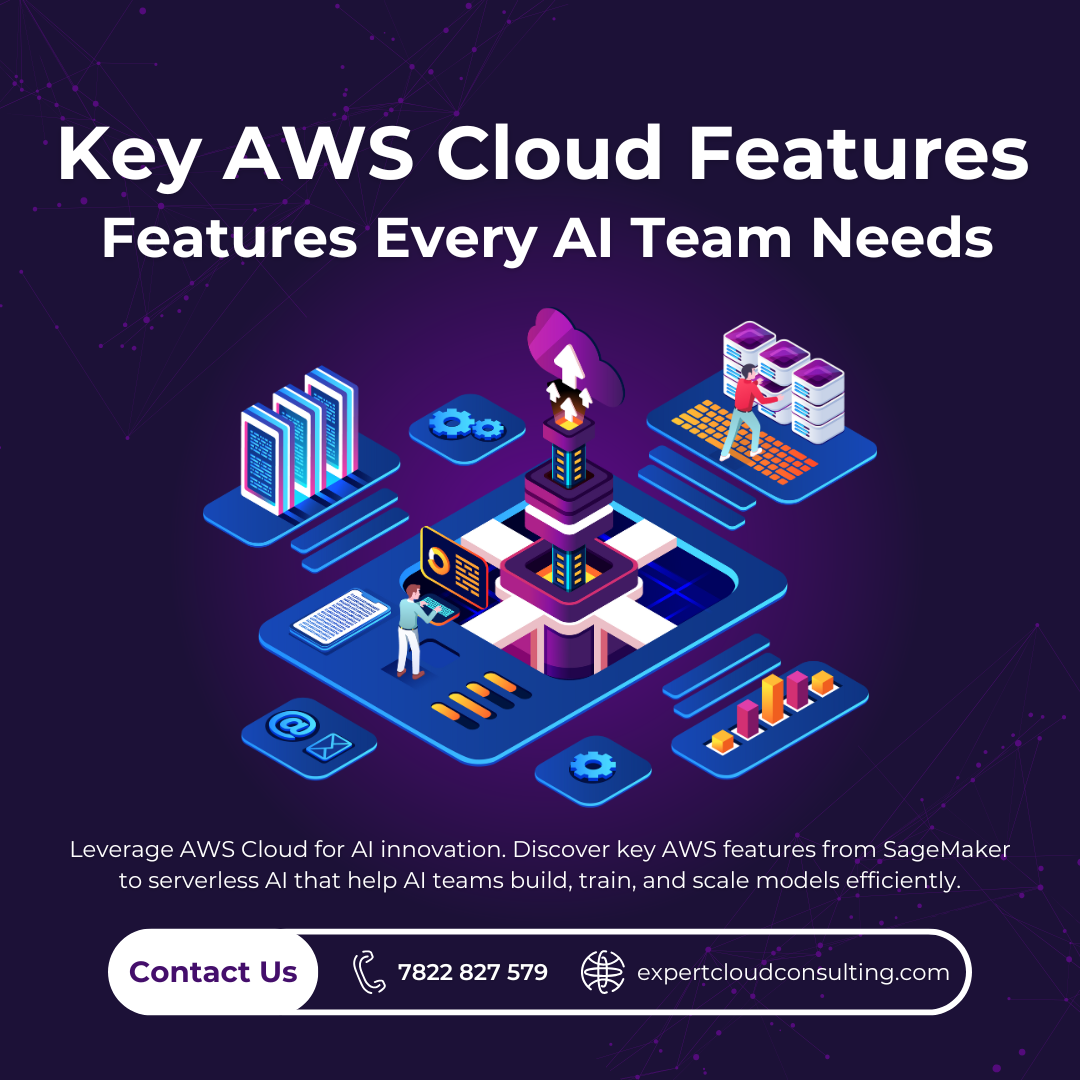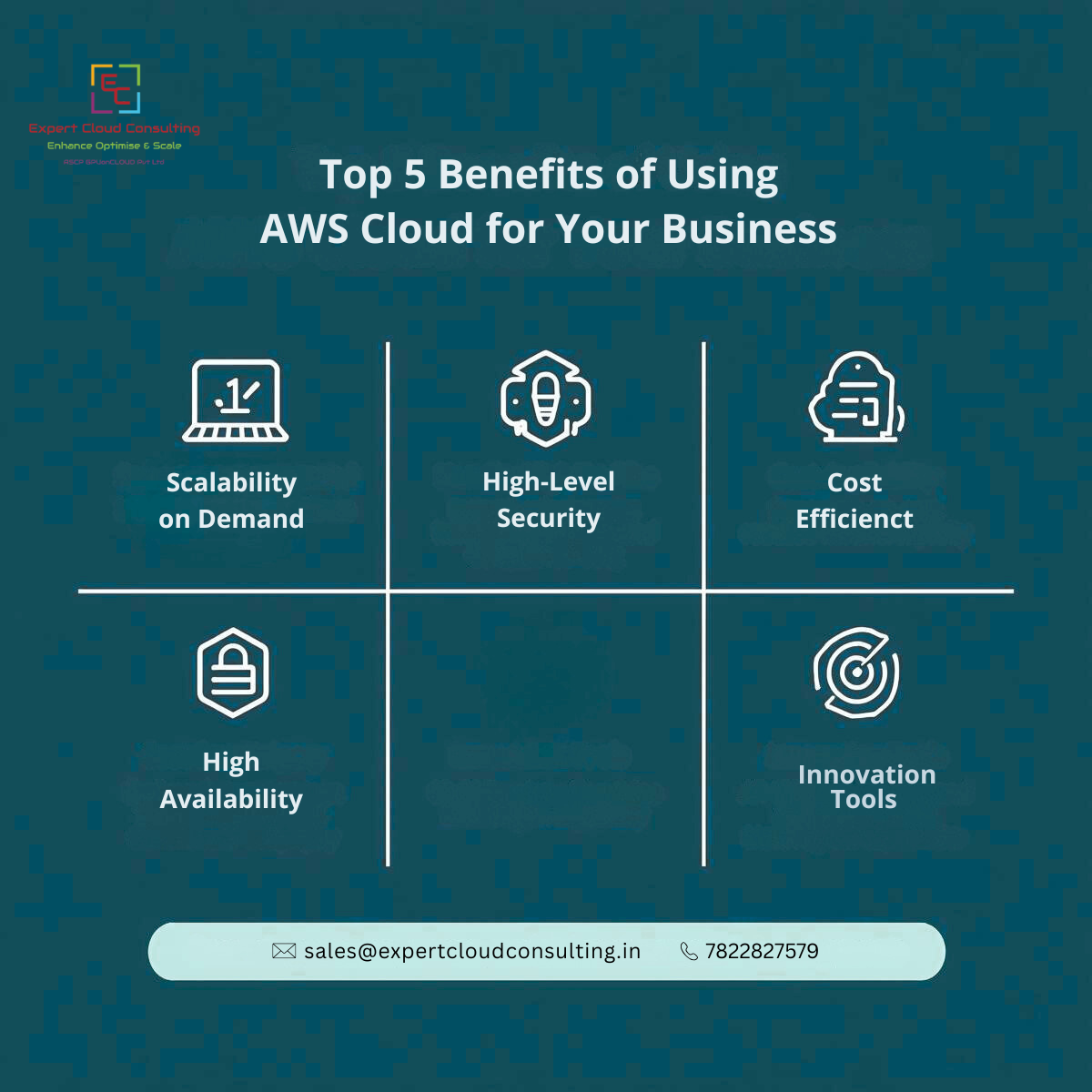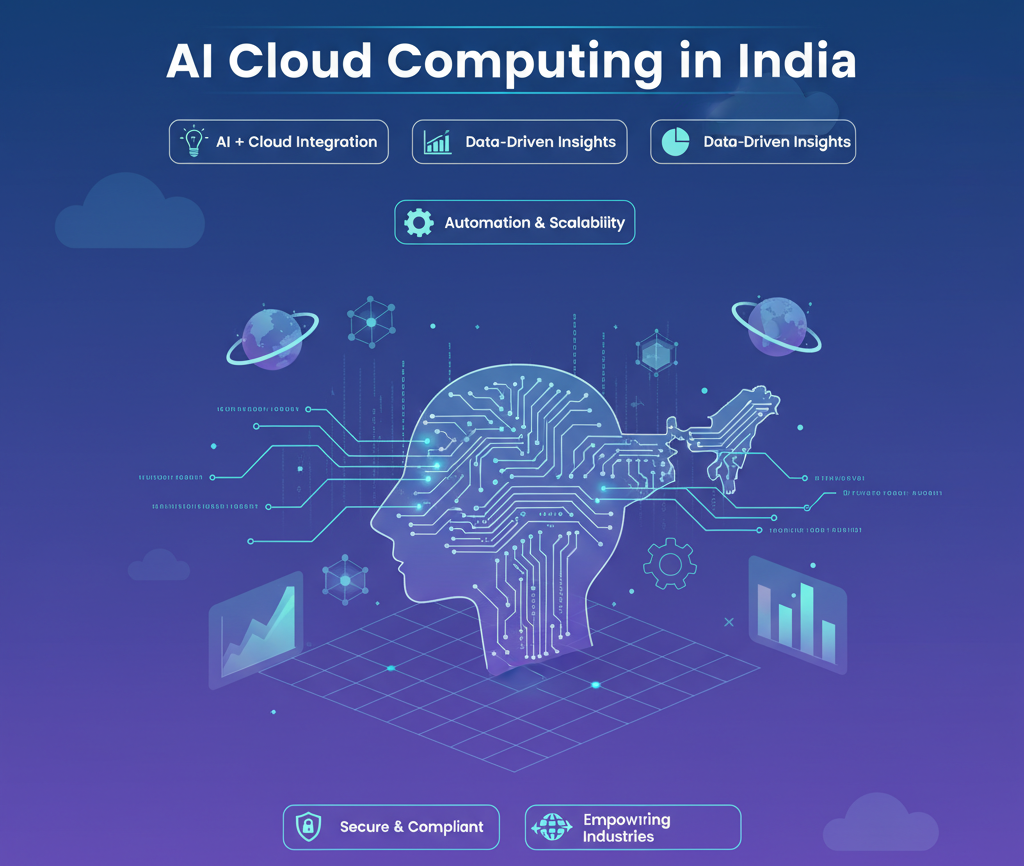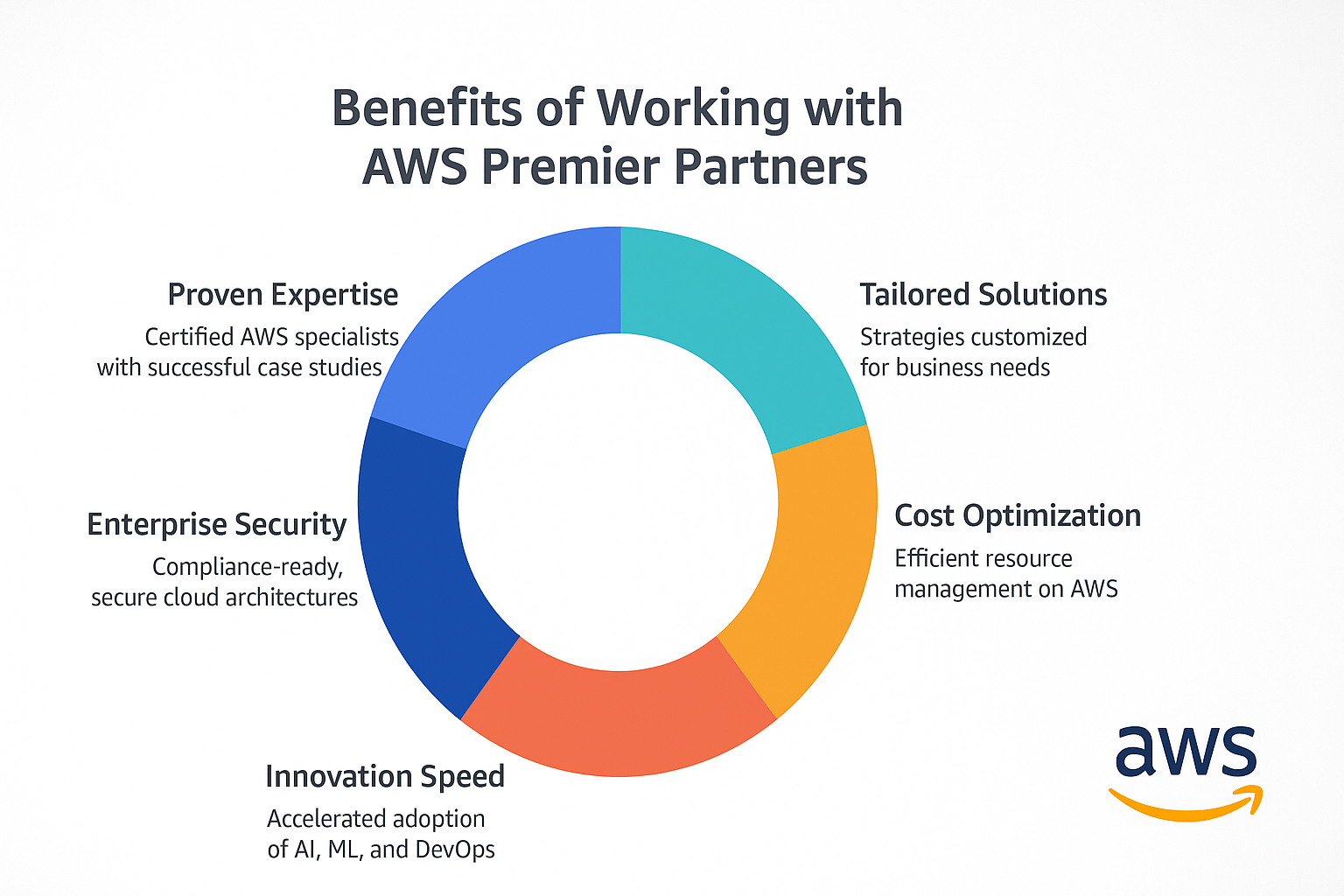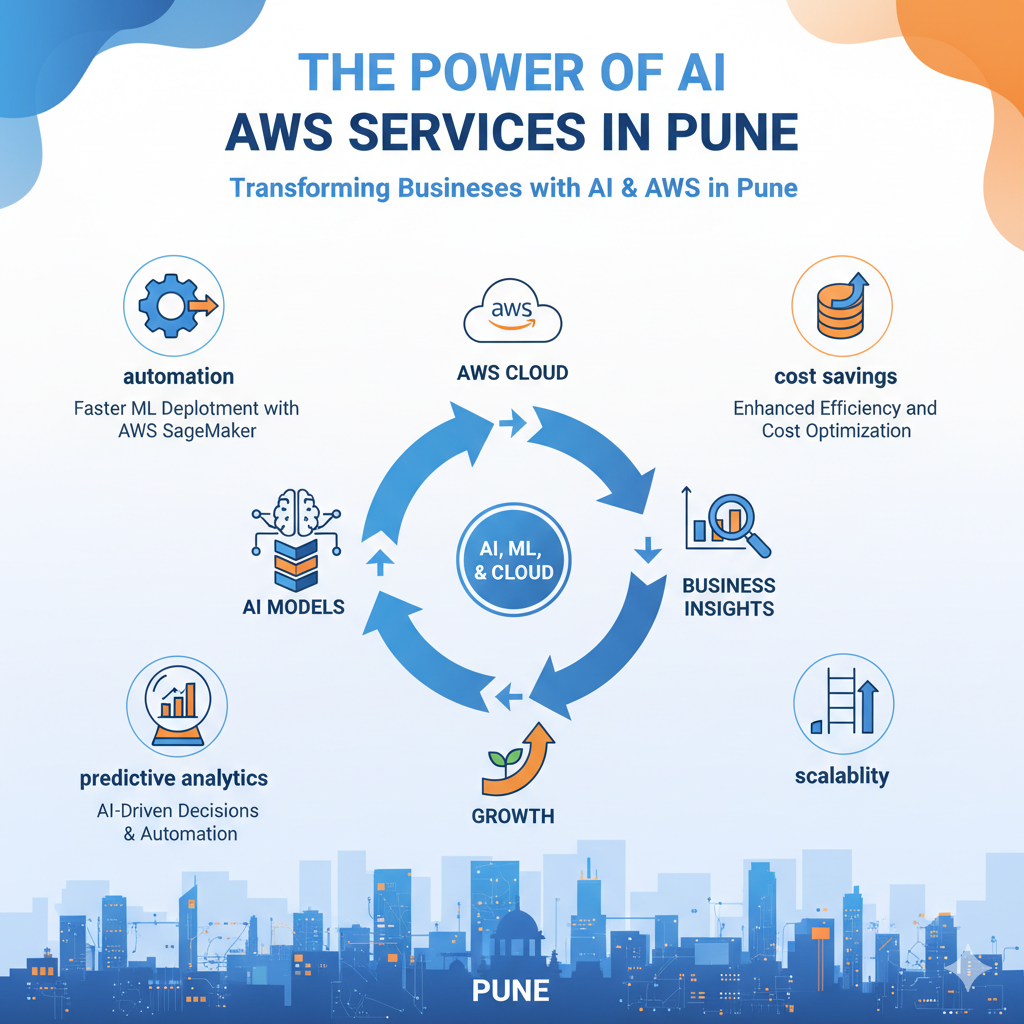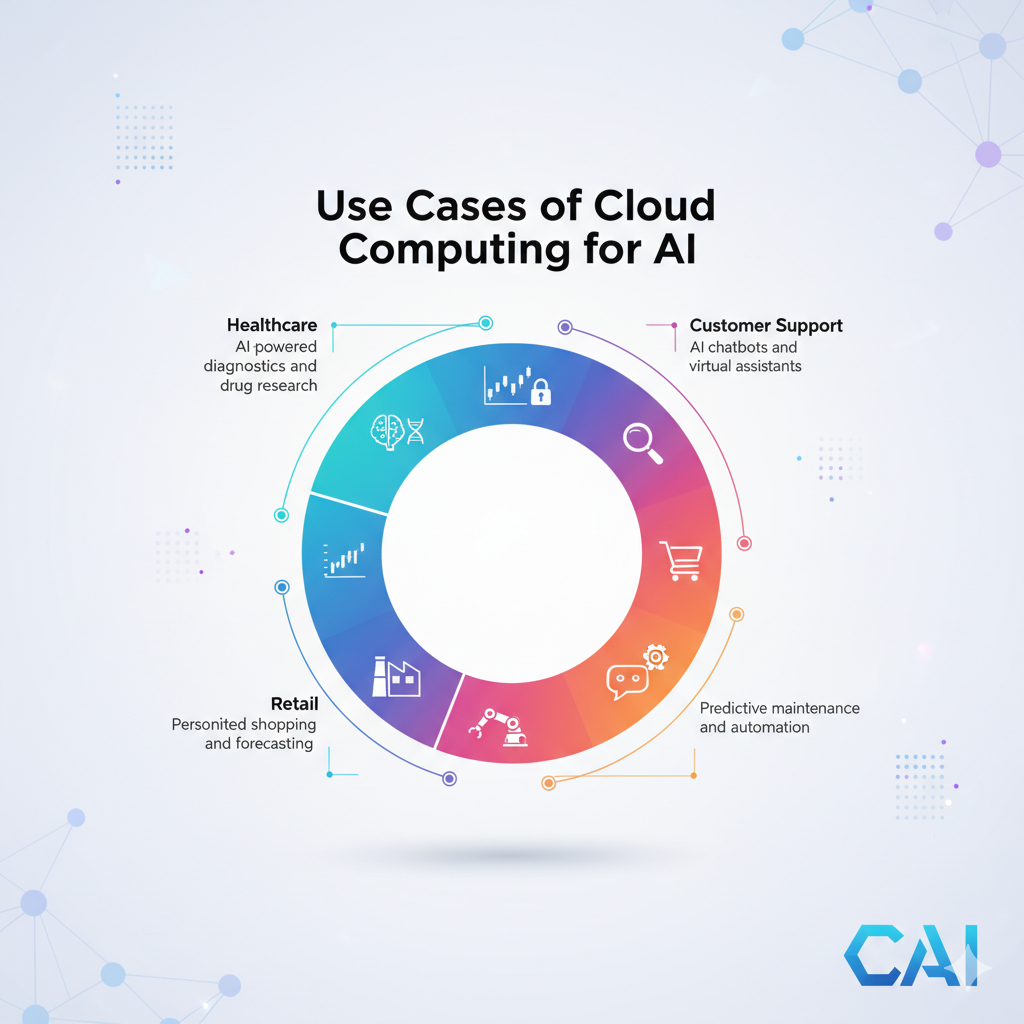- Introduction 🚀Businesses are inundated with vast amounts of data, posing significant challenges for traditional data management systems. Two emerging paradigms, data lakes and data mesh, offer innovative solutions to navigate this data deluge and unlock the value of organizational data.the exponential growth of data presents both opportunities and challenges for businesses worldwide. However, with the exponential growth of data volumes, traditional data management systems are struggling to keep pace. This challenge has spurred the emergence of innovative approaches like data lakes and data mesh, offering new paradigms to harness the potential of organizational data.Data LakeData Mesh
Data lakes serve as centralized repositories for storing raw, unstructured data from various sources. They are designed to accommodate large volumes of data in diverse formats, simplifying data management and ensuring consistent access controls and security. With tools like Apache Ranger and Schema Registry, data lakes enable centralized governance, unified security, and data quality rules. Data lakes are well-suited for stable, established data products and analytics, offering cost-effective storage and efficient batch processing capabilities using technologies like Spark.
Data mesh adopts a decentralized approach, distributing data across domain-specific products managed by individual teams or business units. Each domain has its dedicated storage and processing resources, promoting autonomy and scalability. Data mesh aligns with products and microservices, granting teams ownership of their data domains. By leveraging technologies like Kafka for real-time data processing, data mesh enables faster insights and adaptability to dynamic business environments. It's particularly effective in industries characterized by frequent changes in data domains, such as E-commerce, Healthcare, and FinanceIP.
- Right to fit ⚡
- Data Mesh: Suitable if your organization requires
- 1️⃣ Real-time reporting and analysist 🕵️
Data mesh excels in providing real-time insights, allowing organizations to make timely decisions based on up-to-date data. Whether it's monitoring user activity on a website or tracking inventory levels in retail stores, real-time reporting is essential for responsive decision-making.
- 2️⃣ Management of disconnected systems in different locations 🔄
In decentralized environments where various systems operate independently, data mesh offers a solution by distributing data across domain-specific products or units. This allows each team or location to manage its data autonomously while still enabling seamless collaboration and insights across the organization.
As organizations expand and generate more data, scalability becomes crucial. Data mesh provides the flexibility to scale rapidly without centralized bottlenecks, ensuring that data management operations can grow seamlessly alongside the business.
Data Lake: Preferred if your organization possesses 🌱
- 1️⃣ Large volumes of raw data, both structured and unstructured
- Data lakes excel in handling vast amounts of raw data, regardless of its format. Whether it's customer transaction records, sensor data from IoT devices, or multimedia content, data lakes provide a centralized repository for storing diverse data types at scale.
- 2️⃣ Need to reduce data storage and management costs
- Organizations looking to optimize costs associated with data storage and management can benefit from data lakes. By leveraging scalable cloud-based storage solutions and efficient data processing technologies, data lakes offer a cost-effective alternative to traditional data warehouses.
- 3️⃣ Focus on data trustability upstream for downstream data cascading
- Data lakes facilitate the establishment of data trustability by providing centralized governance and security measures. By implementing robust data quality rules, access controls, and metadata management practices, organizations can ensure that data ingested into the lake is trustworthy and compliant with regulatory requirements.
Hybrid Approach
- Organizations can benefit from a hybrid approach, where separate data lakes are created in multiple locations or departments but interconnected in a mesh network. This approach offers the advantages of both data lakes and data mesh, providing flexibility and centralized oversight where needed. Integrating data lakes and data mesh creates a flexible architecture wherein separate data lakes across multiple locations or departments are interconnected, enabling centralized oversight, scalability, and collaboration, thereby optimizing data management with a blend of centralized control and decentralized agility.
Conclusion 🗝️
As businesses navigate the complexities of managing ever-expanding volumes of data, the choice between data lakes and data mesh emerges as pivotal. Data lakes offer stability and cost-effectiveness for centralized data storage, while data mesh provides agility and real-time insights through decentralized management. However, a hybrid approach integrating both models presents a compelling solution, offering flexibility and scalability. Ultimately, the future of organizational data strategies lies in finding the right balance between centralized control and decentralized autonomy to unlock the full potential of data assets in the digital age.




